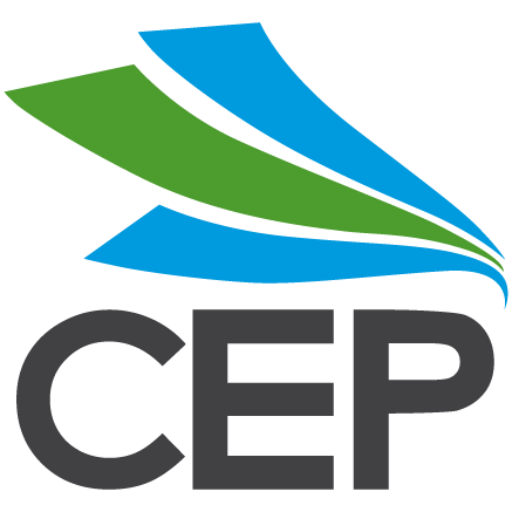Journeys, White Hydrogen and Porcine Nightmares
In this issue:
CEP Board and staff visit the He Tohu exhibition at the National Library
Kia ora,
Our first Board meeting of the year took place on Wednesday and we took advantage of Board members being in Wellington to arrange a visit for them and staff to the He Tohu exhibition at the National Library. The exhibition includes the originals of the Declaration of Independence, The Treaty of Waitangi and the 1893 Women’s Suffrage Petition, all critical landmarks in our history. The visit is the start of our journey to develop a better understanding Te ao Maori and how we can learn from adopting a wider perspective. As for the exhibition, thoroughly recommended if you get the chance.
Avid brewer keen to engage with others in the sector
Many of you will know Martin Garrood, formerly of MFAT and EECA and now working independently. Martin is an avid brewer and is keen to engage with other members who have worked in the sector, or are simply interested in the process, on how to make it more efficient, reduce emissions and address that CO2 shortage we’ve been hearing about across the country. There’s certainly plenty of scope. Small breweries has been a growth sector in recent years and there have to be economies of scale or efficiencies out there. We’d love to see some special interest groups like this emerge and encourage any members involved with the brewing industry to contact Martin with a view to exchanging ideas and experiences and pooling effort and resources.
White Hydrogen
We hear plenty about green hydrogen, quite a bit about blue hydrogen but not so much about white (or natural) hydrogen. Claimed to be clean, renewable, sustainable and inexhaustible, natural hydrogen comes out of the ground just like oil and gas but without the emissions in use. Its supporters also claim it is cheaper to produce than the other colour variants and helium is a common, valuable by-product. There is growing interest in several countries including the US, Mali and Australia. You can find out a little more about natural hydrogen and take a look at one of the companies about to begin commercial production here.
Autonomous vehicles could become a significant source of emissions
Autonomous vehicles can be another contentious issue. Aside from the safety questions, the latest research from MIT suggests the power required to satisfy the data processing demands of autonomous vehicles could become a significant source of emissions. Data centres currently account for around 0.3% of global emissions, about the same as Argentina. One billion autonomous vehicles, each driven for one hour a day would consume roughly the same amount of power in data processing as all the data centres currently operating.
Greenwashing being identified as an emerging risk
It’s interesting to see greenwashing being explicitly identified as an emerging risk, likely to grow in significance, by HSBC in its risk matrix in its annual report published this week. The company was subject to criticism on that front at the end of 2022. The reference cites reputational damage and the ability to access capital as potential impacts.
Carbon-negative buildings
Stronger, lighter, higher moisture resistance, more energy efficient, carbon-negative, the same price and using one ninth of the land area compared with wood products. Those are the claims of Plantd, which is producing building materials from perennial grass. While the three little pigs may have some psychological barriers moving back to a grass home, the materials clearly have huge potential. You can find more details for yourself on its website.
Finally this week, please join me in welcoming new Bronze Corporate Partner, Aurecon.
Wishing you all a great and safe weekend.
Mike and the team
